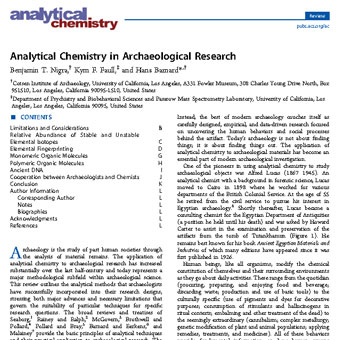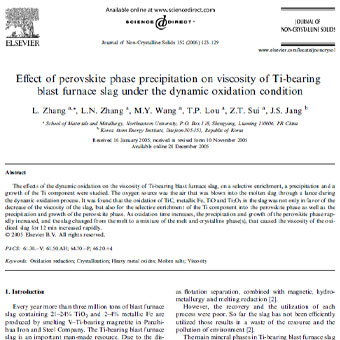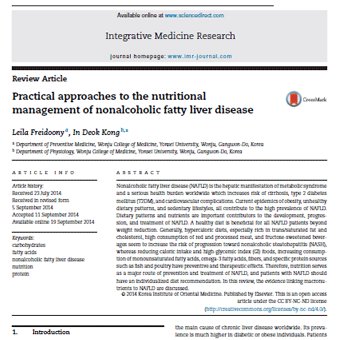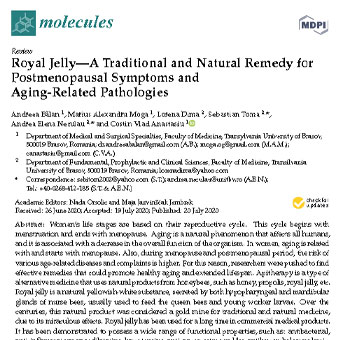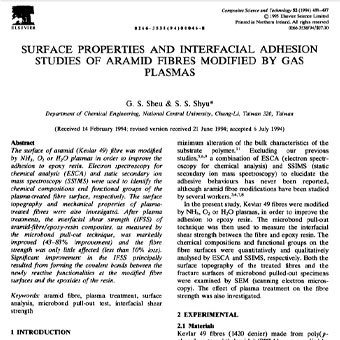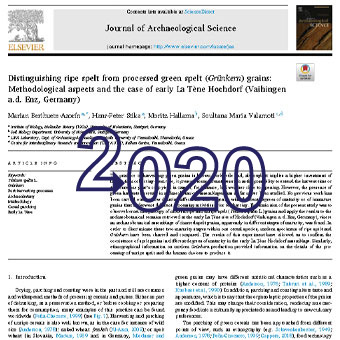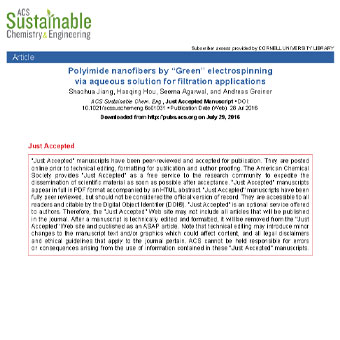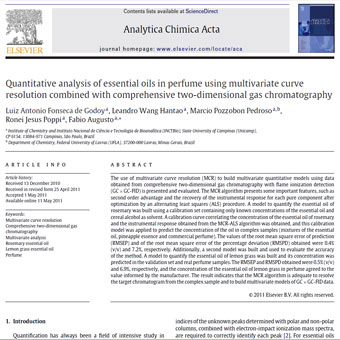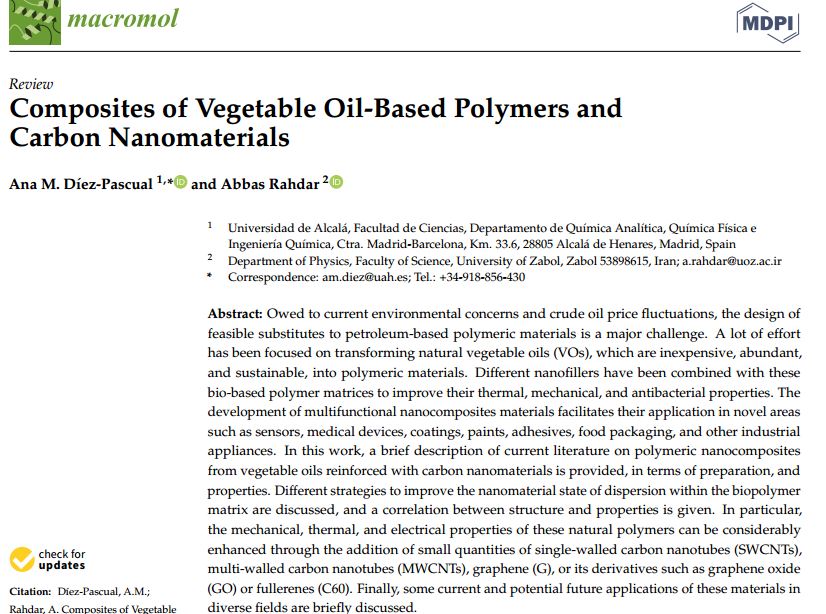عنوان فارسی مقاله:شیمی تجزیه در تحقیقات باستان شناسی
چکیده
باستان شناسی، مطالعه جوامع انسانی گذشته از طریق تحلیل بقایای مواد میباشد. کاربرد شیمی تجزیه در تحقیقات باستان شناسی به طور قابل توجهی در طی ۵۰ سال گذشته افزایش یافته است و امروزه به عنوان یک زیر رشته روش شناختی اصلی درچارچوب علم باستان شناسی محسوب میشود. این مقاله مروری به بررسی روشهایی میپردازد که باستان شناسان به طور موفق این روشها را در طرحهای تحقیقاتی خود گنجاندهاند و در عین حال بر پیشرفتها و محدودیتهای مؤثر بر مناسبت و بهینگی فنون خاص برای سؤالات تحقیق خاص تاکید میکند. مقالات مروری گسترده و رسالههای سبرگ، رینی و رالف، مک گاورن، براتول و پولانرد، پولارد و بری، برنارد و ارکنز و مالینی، همگی اصول اساسی فنون تجزیه (تحلیلی) و کاربرد آنها در تحقیقات باستان شناسی در اختیار میگذارند. این مقاله مروری بر چالشهای خاص ناشی از تحلیل و تجزیه مواد باستان شناسی نادر و قیمتی، لزوم آگاهی از شرایط نظیر موقعیت مکانی، دوره زمانی، روابط فرهنگی و ماهیت سایر اشیا و مصنوعات برای واقعی جلوه دادن اهداف تحقیق و پیشرفتهای عمده و مهم در دانش و درک ما از تاریخ بشر که حاصل همکاریهای بین رشتهای بین باستان شناسان و متخصصان شیمی تجزیه میباشند، دارد.
- لینک دانلود فایل بلافاصله بعد از پرداخت وجه به نمایش در خواهد آمد.
- همچنین لینک دانلود به ایمیل شما ارسال خواهد شد به همین دلیل ایمیل خود را به دقت وارد نمایید.
- ممکن است ایمیل ارسالی به پوشه اسپم یا Bulk ایمیل شما ارسال شده باشد.
- در صورتی که به هر دلیلی موفق به دانلود فایل مورد نظر نشدید با ما تماس بگیرید.
 متن به فارسی | ترجمه مقالات و متون علمی | ترجمه و دانلود مقالات و انواع متون علمی و ادبی و پذیرش سفارش ترجمه
متن به فارسی | ترجمه مقالات و متون علمی | ترجمه و دانلود مقالات و انواع متون علمی و ادبی و پذیرش سفارش ترجمه
